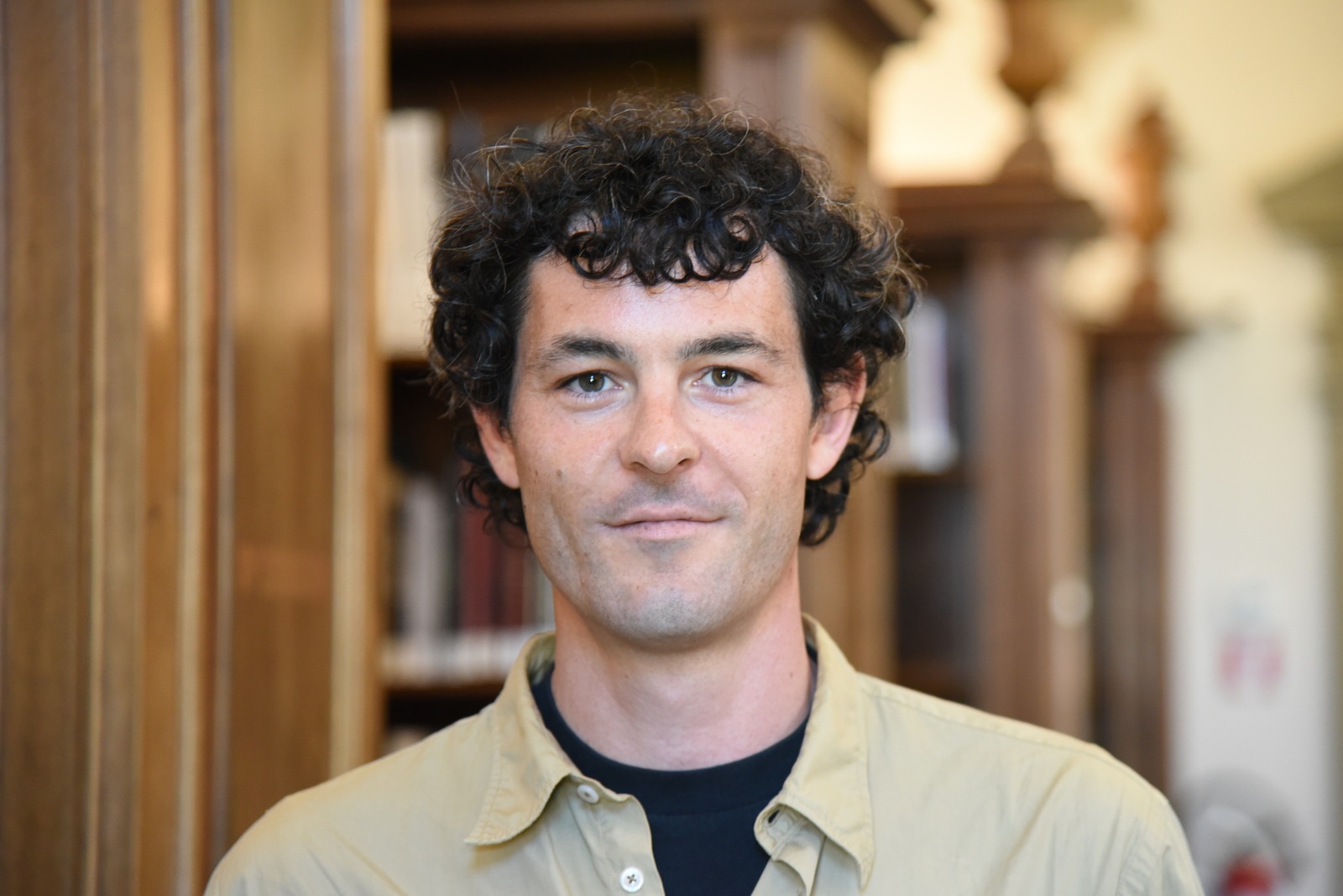Lorenzo Gatta
Hochelaga Restored: Indigenous Spatial Thinking and the Political Imagination in Early Modern Italy, 1556–1678
2025-2026 (September - December)

Biography
Lorenzo Gatta is an art historian whose research explores the interconnected spatial and material histories of early modern Europe and its transatlantic networks. Trained as an architect at the Accademia di Architettura di Mendrisio and KTH in Stockholm, he completed his PhD at The Courtauld Institute in 2024. His dissertation, currently under revision for publication as Ritual, Space, and Materiality in the Jesuit Confessionals of the Early Modern Southern Netherlands, was supported by the Swiss National Science Foundation and received the Promotion Prize from the Swiss Association of Art Historians. His current work investigates the political resonance of Indigenous North American architecture across the early modern Atlantic World.
Project Summary
Before its abandonment in the late sixteenth century, Hochelaga stood in what is now Montreal as part of a vast network of Iroquoian communities along the Saint Lawrence River. The plan published in 1556 by Venetian cosmographer Giovanni Battista Ramusio in Navigationi et viaggi depicts Hochelaga as a circular fortified town organised around multifamily longhouses, where communal hearths reflect the ethics of reciprocity, matrilocal residence, and collective governance practiced by Iroquoian societies across Northeast America. Long dismissed as a “Palladian speculation on the state of nature,” this project reinterprets this image as an emblem of Indigenous survivance that channelled Iroquois spatial knowledge across the Atlantic. Though undeniably refracted through Renaissance urban ideals, Ramusio’s layout retains traces of Iroquois spatial principles of decentralisation, communal living, and matrilocality that could have offered critical alternatives to European models of state formation, property relations, and gender roles. By integrating Ramusio’s sources, travel accounts by Venetian authors such as Girolamo Benzoni, Benedetto Bordone, and Vincenzo Coronelli, and Caramuel y Lobkowitz’s late seventeenth-century reinterpretation with Iroquois cosmologies, oral histories, and spatial frameworks, this project seeks to recover Hochelaga’s political resonance in early modern Italy. Situated within the broader transatlantic spatial exchanges that shaped intercolonial diplomacy, Hochelaga emerges as a vision of social creativity, where property was defined by active use rather than possession, social status by the ability to give rather than accumulate, and political power by consensus rather than coercion.
